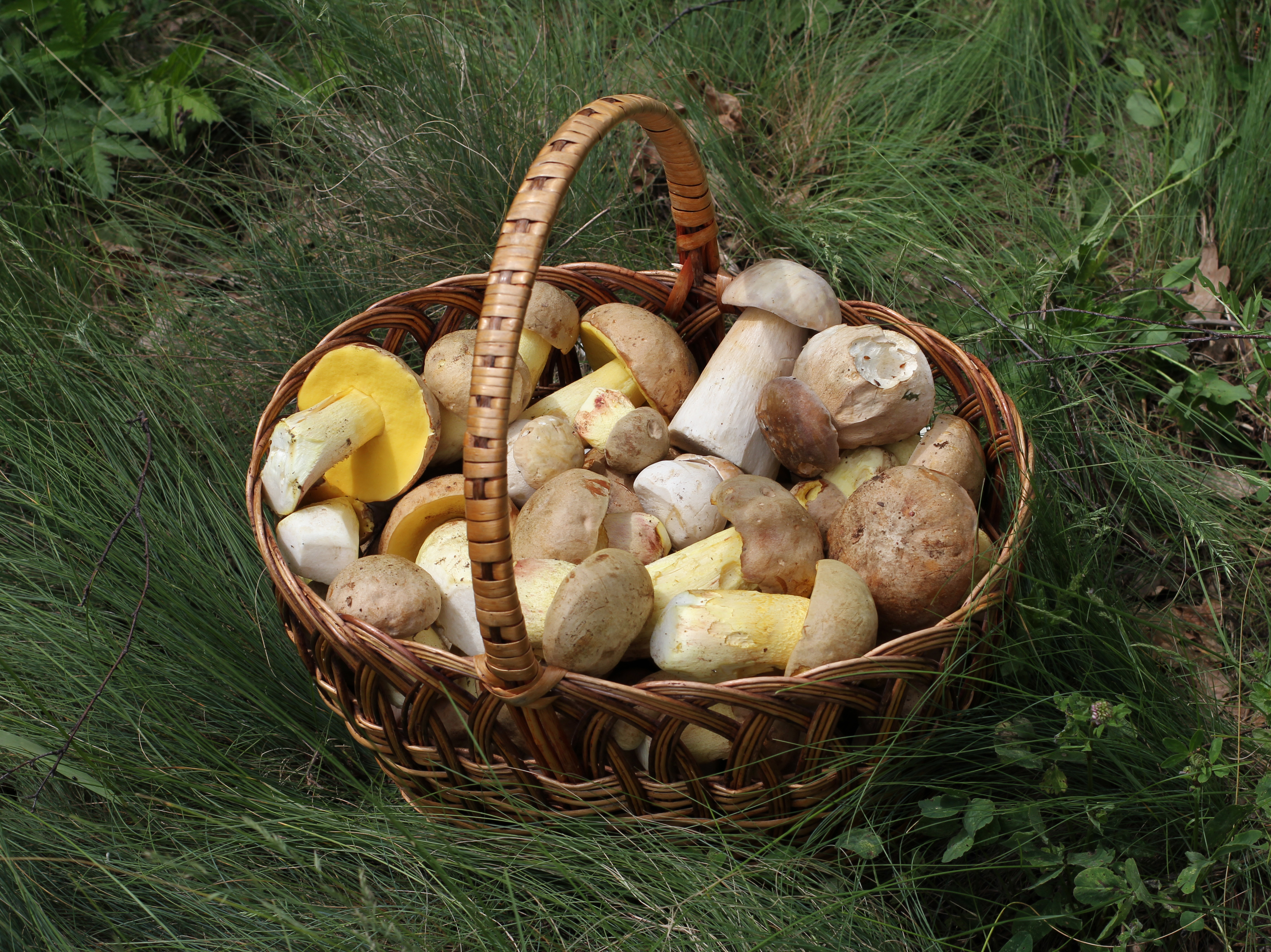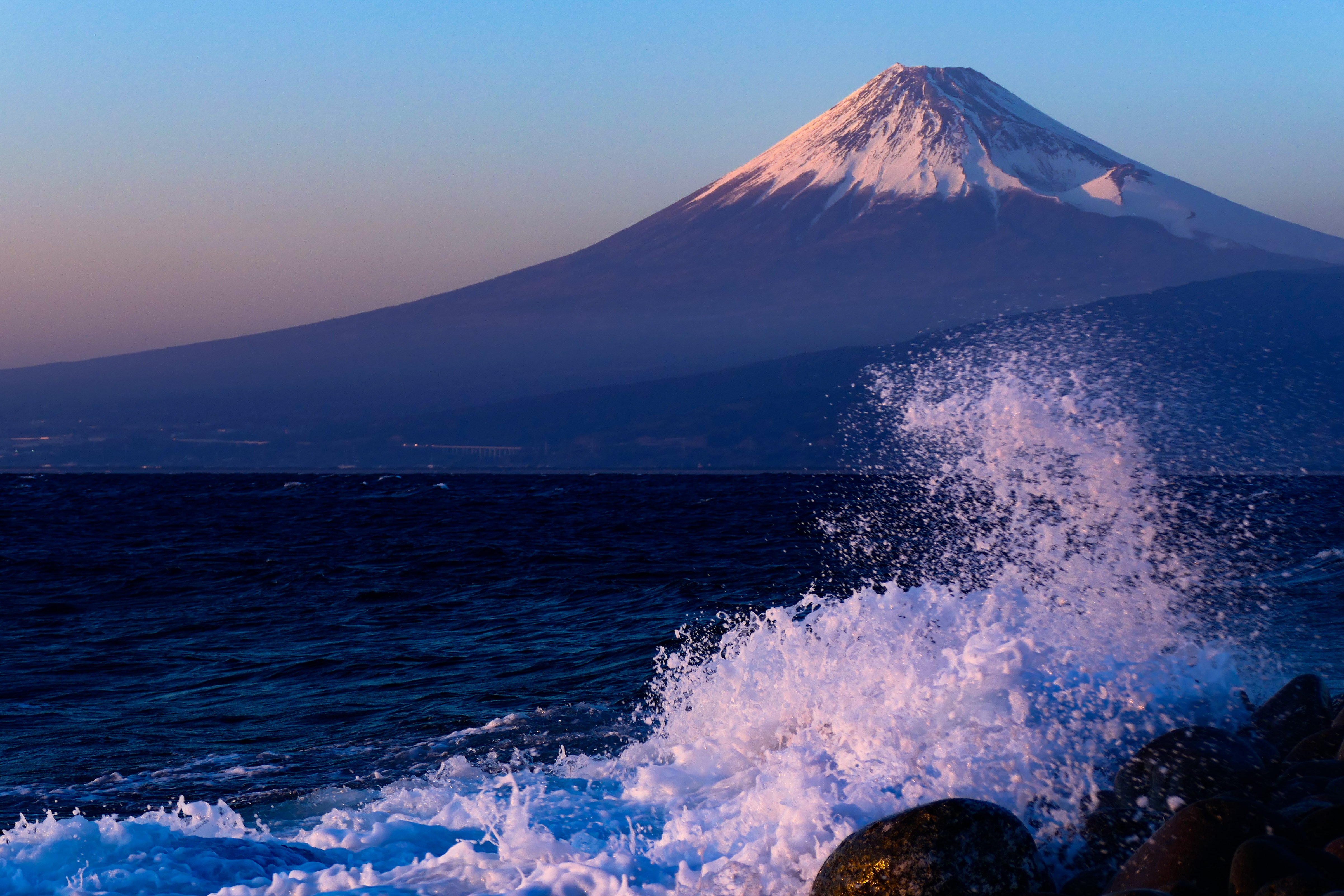|
Shippeitaro
is the name of a helper dog in the Japanese fairy tale by the same name. Translations include "Schippeitaro" in Andrew Lang's '' Violet Fairy Book'' (1901), taken from a German copy, and Mrs. James's "Schippeitaro" (1888), which share the same plotline: The mountain spirit and its minions (in the guise of cats in this version) demand a yearly human sacrifice of a maiden from the local village. A young warrior overhears the spirits hinting that their would-be bane was "Shippeitaro", which turns out to be a dog. This dog is substituted for the maiden to be placed inside the sacrificial container, and when the spirits arrive, the warrior and dog attack the cats and vanquish them. The evil spirits appear as monkeys in most instances of the tale, as in the version of "Shippei Taro" given in Keigo Seki's anthology (translated into English 1963). In fact, this folktale is classified as tale type by Japanese folklorists. In variants, the dog may have Suppeitarō, Suppetarō or a vari ... [...More Info...] [...Related Items...] OR: [Wikipedia] [Google] [Baidu] |
Hasegawa Takejirō
was an innovative Japanese publisher specializing in books in European languages on Japanese subjects. Hasegawa employed leading foreign residents as translators and noted Japanese artists as illustrators, and became a leading purveyor of export books and publications for foreign residents in Japan. Beginnings Hasegawa's earliest known books were published under the "Kobunsha" imprint in the mid-1880s but around 1889 he began publishing under the names "T. Hasegawa" and "Hasegawa & Co." Early publications included a monochrome woodcut illustrated Hokusai collection and a two volume ''Writings of Buddha'' (Kobunsha, 1884). Many of Hasegawa's early books were in the form of '' chirimen-bon'' (ちりめん本) or crêpe paper books. Japanese Fairy Tale Series In 1885, Hasegawa published the first six volumes of his Japanese Fairy Tale Series, employing American Presbyterian missionary Rev. David Thomson as translator. As the series proved profitable, Hasegawa added other trans ... [...More Info...] [...Related Items...] OR: [Wikipedia] [Google] [Baidu] |
Basket
A basket is a container that is traditionally constructed from stiff fibers and can be made from a range of materials, including wood splints, runners, and cane. While most baskets are made from plant materials, other materials such as horsehair, baleen, or metal wire can be used. Baskets are generally woven by hand. Some baskets are fitted with a lid, while others are left open on top. Uses Baskets serve utilitarian as well as aesthetic purposes. Some baskets are ceremonial, that is religious, in nature. While baskets are usually used for harvesting, storage and transport, specialized baskets are used as sieves for a variety of purposes, including cooking, processing seeds or grains, tossing gambling pieces, rattles, fans, fish traps, and laundry. History Prior to the invention of woven baskets, people used tree bark to make simple containers. These containers could be used to transport gathered food and other items, but crumbled after only a few uses. Weaving strips of b ... [...More Info...] [...Related Items...] OR: [Wikipedia] [Google] [Baidu] |
Shizuoka Prefecture
is a prefecture of Japan located in the Chūbu region of Honshu. Shizuoka Prefecture has a population of 3,637,998 and has a geographic area of . Shizuoka Prefecture borders Kanagawa Prefecture to the east, Yamanashi Prefecture to the northeast, Nagano Prefecture to the north, and Aichi Prefecture to the west. Shizuoka is the capital and Hamamatsu is the largest city in Shizuoka Prefecture, with other major cities including Fuji, Numazu, and Iwata. Shizuoka Prefecture is located on Japan's Pacific Ocean coast and features Suruga Bay formed by the Izu Peninsula, and Lake Hamana which is considered to be one of Japan's largest lakes. Mount Fuji, the tallest volcano in Japan and cultural icon of the country, is partially located in Shizuoka Prefecture on the border with Yamanashi Prefecture. Shizuoka Prefecture has a significant motoring heritage as the founding location of Honda, Suzuki, and Yamaha, and is home to the Fuji International Speedway. History Shizuoka Prefe ... [...More Info...] [...Related Items...] OR: [Wikipedia] [Google] [Baidu] |
Tanba Province
was a province of Japan in the area of central Kyoto and east-central Hyōgo Prefectures. Tanba bordered on Harima, Ōmi, Settsu, Tajima, Wakasa, and Yamashiro Provinces. Its abbreviated form name was . In terms of the Gokishichidō system, Tanba was one of the provinces of the San'indō circuit. Under the ''Engishiki'' classification system, Tanba was ranked as one of the "superior countries" (上国) in terms of importance, and one of the "near countries" (近国) in terms of distance from the capital. The provincial capital is believed to have been located in what is now the city of Kameoka, although the exact location remains uncertain. The ''ichinomiya'' of the province is the Izumo-daijingū also located in Kameoka. The province had an area of . History Before the establishment of the Ritsuryō system, the area was under control of the Tanba Kokuzō and included both the Tanba and Tango areas. The province of Tango was created in 713 during the reign of Empress Ge ... [...More Info...] [...Related Items...] OR: [Wikipedia] [Google] [Baidu] |
Shippei
A is a bamboo staff which curves slightly, approximately 15 inches (or half a metreKoun, 205-206) long, which is used as a "symbol of a Zen master's authority" in Zen Buddhism.Baroni, 300 In contrast to the ''keisaku'', the shippei was often used as a disciplinary measure for meditating monks. It can often be found at the side of a Zen master in a zendo and is also "one of seven items that make up a Zen monk's equipment." It is fashioned out of two pieces of bamboo that are shaped into the form of a spatula (or short bow), wound with rattan, and lacquered. Sometimes curved in the shape of an S, the shippei may be elaborately decorated with a silk cord or have carvings. It is still "sometimes employed to hit monks".Hori, 701-702 See also *''Keisaku In Zen Buddhism, the ''keisaku'' (Japanese: 警策, Chinese: 香板, ''xiāng bǎn''; ''kyōsaku'' in the Soto school) is a flat wooden stick or slat used during periods of meditation to remedy sleepiness or lapses of concentration. ... [...More Info...] [...Related Items...] OR: [Wikipedia] [Google] [Baidu] |
Kun-yomi
are the logographic Chinese characters taken from the Chinese script and used in the writing of Japanese. They were made a major part of the Japanese writing system during the time of Old Japanese and are still used, along with the subsequently-derived syllabic scripts of ''hiragana'' and ''katakana''. The characters have Japanese pronunciations; most have two, with one based on the Chinese sound. A few characters were invented in Japan by constructing character components derived from other Chinese characters. After World War II, Japan made its own efforts to simplify the characters, now known as shinjitai, by a process similar to China's simplification efforts, with the intention to increase literacy among the common folk. Since the 1920s, the Japanese government has published character lists periodically to help direct the education of its citizenry through the myriad Chinese characters that exist. There are nearly 3,000 kanji used in Japanese names and in common communic ... [...More Info...] [...Related Items...] OR: [Wikipedia] [Google] [Baidu] |
Ōmi Province
was a province of Japan, which today comprises Shiga Prefecture. It was one of the provinces that made up the Tōsandō circuit. Its nickname is . Under the ''Engishiki'' classification system, Ōmi was ranked as one of the 13 "great countries" (大国) in terms of importance, and one of the "near countries" (近国) in terms of distance from the capital. Ōmi bordered on Wakasa and Echizen Provinces to the north, Mino and Ise Provinces to the east, Iga and Yamato Provinces to the south, and Yamashiro and Tanba Provinces to the east. Lake Biwa, Japan's largest lake, is located at the center of the province. History The area of Ōmi has been settled since at least the Yayoi period, and the traces of several large settlements have been found. During the Kofun period, the area appears to have been dominated by several powerful immigrant clans, most notably the Wani clan, originally from Baekje. The names of "Ōmi" or "Lake Biwa" do not appear in the ''Kojiki'', '' Man'yōs ... [...More Info...] [...Related Items...] OR: [Wikipedia] [Google] [Baidu] |
Nagahama, Shiga
is a city located in Shiga Prefecture, Japan. , the city had an estimated population of 116,043 in 46858 households and a population density of 120 persons per km². The total area of the city is . Geography Nagahama is located on the northern shore of Lake Biwa and occupies most of the northern portion of Shiga Prefecture. It is generally bounded by the Ibuki Mountains to the east, the Nosaka Mountains to the north and Lake Biwa to the south. The city is the second largest in the prefecture in terms of land area, after Takashima. The inland areas of the city are noted for very heavy snow accumulation in winter Neighboring municipalities Shiga Prefecture * Maibara * Takashima Gifu Prefecture *Ibigawa Fukui Prefecture * Tsuruga * Echizen Climate Nagahama has a Humid subtropical climate (Köppen ''Cfa'') characterized by warm summers and cool winters with light to no snowfall. The average annual temperature in Nagahama is 12.0 °C. The average annual rainfall is 2052&nbs ... [...More Info...] [...Related Items...] OR: [Wikipedia] [Google] [Baidu] |
Monou District, Miyagi
Map showing original extent of Monou District in Miyagi Prefecturecolored area=original extent in Meiji period was a rural district in Miyagi Prefecture, in the Tōhoku region of northern Japan. The city of Higashimatsushima and much of the city of Ishinomaki were formerly part of this district, which was dissolved in 2005. History Under the Tokugawa shogunate, the district was within Mutsu Province and was under the control of the Date clan of Sendai Domain. In 1869, following the Meiji restoration, Mutsu Province was divided, with the area of Monou District becoming part of Rikuzen Province, and from 1872, part of Miyagi Prefecture. In the establishment of the modern municipalities system, the district was organized into fifteen villages (Miyato (宮戸村), Nobiru (野蒜村), Ono (小野村), Takagi (鷹来村), Kanomata (鹿又村), Fukaya (深谷村), Maeyachi (前谷地村), Nakatsuyama (中津山村), Monou (桃生町), Oyachi (大谷地村), Iinogawa (飯野川町), H ... [...More Info...] [...Related Items...] OR: [Wikipedia] [Google] [Baidu] |





